Land Stewardship
Rappahannock is a national treasure, surrounded by exquisite natural beauty and pristine views.
Everyone who lives here (whether for generations or recently arrived), recognizes that our county is special. We all hope our land and its inhabitants (including our flora and fauna) survive and thrive into the future.
But invasive plants and other species are wreaking havoc on our forests and fields, the climate is changing in challenging ways, and some land management practices are adversely affecting the beautiful and sustaining nature around us.
In June of 2024, RLEP hosted a workshop featuring 30 Rappahannock landowners and Dr. Doug Tallamy, the famed scientist, author, and champion of habitat restoration, to address what we can do to protect biodiversity in our county. (Dr Tallamy is also the co-founder of Homegrown National Park.
- What can we do in Rappahannock County over the next decade to significantly expand the voluntary use of conservation land management practices for owners of both large and small properties?
- What opportunities and initiatives should we pursue in Rappahannock over the next 5 years?
The workshop’s view of land management was broad and included: 1) preserving biodiversity; 2) introducing and nurturing native plants; 3) reducing the impact of non-native, invasive plants and other organisms; 4) reducing use of toxic pesticides/herbicides; 5) protecting and improving water quality; and 6) preventing soil erosion and restoring soil health.
Workshop participants largely coalesced around a list of common challenges they think are worth working on as a community.
These include:
- Adding RappCE classes for conservation land management techniques
- Helping landowners manage deer on their property via classes and/or linkages to reliable hunters who can provide that service
- Developing a “neighboring mentor” program for non-farming landowners on how to employ good practices on their land
- Training for landscapers in conservation land management techniques
- Facilitating, creating, and maintaining wildlife corridors across adjoining properties
RLEP will build on these recommendations and more in the coming months and years. To do so, we will seek partnerships with other organizations and look for volunteers within our membership base.
We have already sent information and resources about deer management to our members. We also recently organized a very popular RappCE class called “Land Management for Biodiversity: Field and Forest” which we may offer again in the future.
If you have ideas and/or are interested in being a part of our effort to promote conservation land management in Rappahannock, please contact info@rlep.org.
Homegrown National Park®
View our BROCHURE on key steps to make your yard a Homegrown National Park.
RLEP will provide education on this initiative through lectures, Zoom presentations, newsletters and social media.
Also, we will sponsor volunteer opportunities to remove invasives and plant natives along nature pathways and on public grounds in the county.
For more information, as well as local experts and providers, please see our RESOURCES section.
To chart and build progress towards this goal, participants are invited to:
1. “Get on the Map” on Homegrown National Park’s website.
Anyone can record their native plantings and invasive removals, whether they are new plantings or existing.
See https://homegrownnationalpark.org/the-map
2. Put Up a Sign to show you are part of this national project and encourage others to do the same.
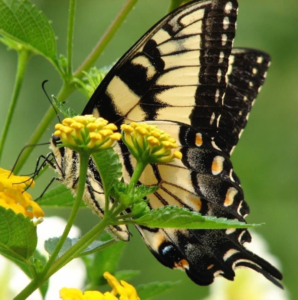
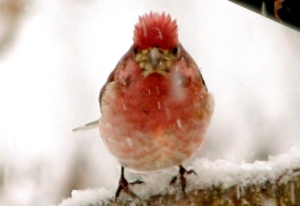
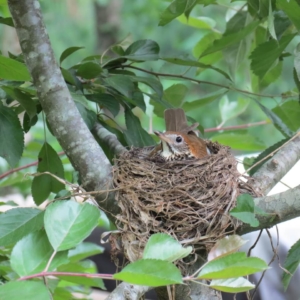
The RLEP Scholarship
The Rappahannock League for Environmental Protection is pleased to again offer a scholarship program to support Rappahannock County students demonstrating leadership, academic promise, and a deep commitment to environmental stewardship.
Awards are intended to help young people pursue higher education and careers that contribute to environmental protection, conservation, sustainability, and science-based solutions.
The current scholarship fund approved by the RLEP Board is $5,000 total, to be distributed to one or more recipients.
How it Works
Applications open: December 1, 2025
Applications close: February 16, 2026
Awards announced: mid-April 2026
Who is eligible?
- Current high school seniors who attend school or live in Rappahannock County and are graduating in the current academic year (includes all schools and home schoolers).
- Applying or accepted to an accredited two- or four-year college or university.
- Intending to major or concentrate in environmental studies, ecology, natural resource management, sustainability, or a related field.
- College and Graduate Students
Rappahannock residents, currently enrolled full-time or part-time in an accredited undergraduate or graduate program.- Pursuing studies or research related to environmental policy, natural resource conservation, environmental technology, earth or climate science, sustainability, or related disciplines.
- Ongoing commitment demonstrated to advancing environmental goals through coursework, internships, research, or community engagement.
- Applications will be evaluated by the RLEP Scholarship Committee and awards will be approved by the board and announced in mid-April.
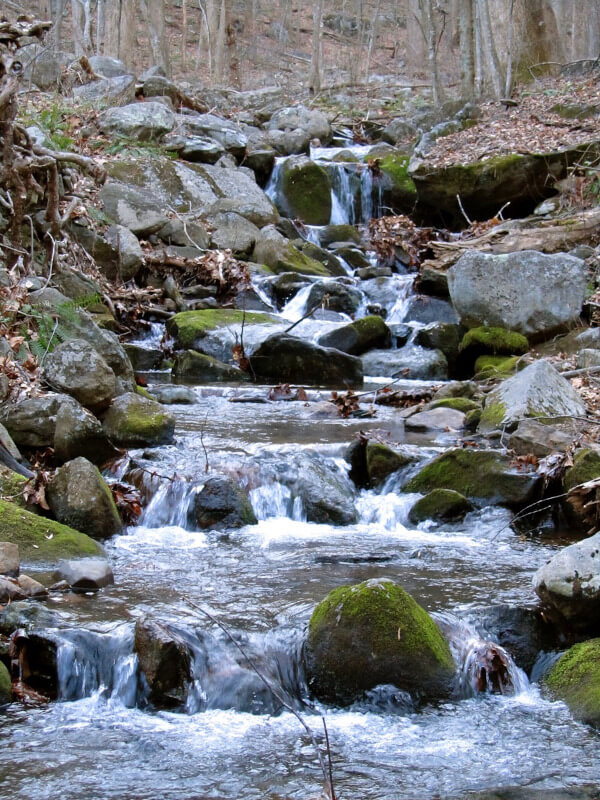
School-based and Community Programs
Former RappFLOW education programs, including Watershed Day, Earth Day presentations, support for the county outdoor learning spaces, and school environmental enrichment programs are continuing under RLEP’s Education Committee.
Former RappTrails programs, including both school-based and community education activities and events are continuing under RLEP’s Education Committee.
Stay tuned for announcements of upcoming activities in the coming year.
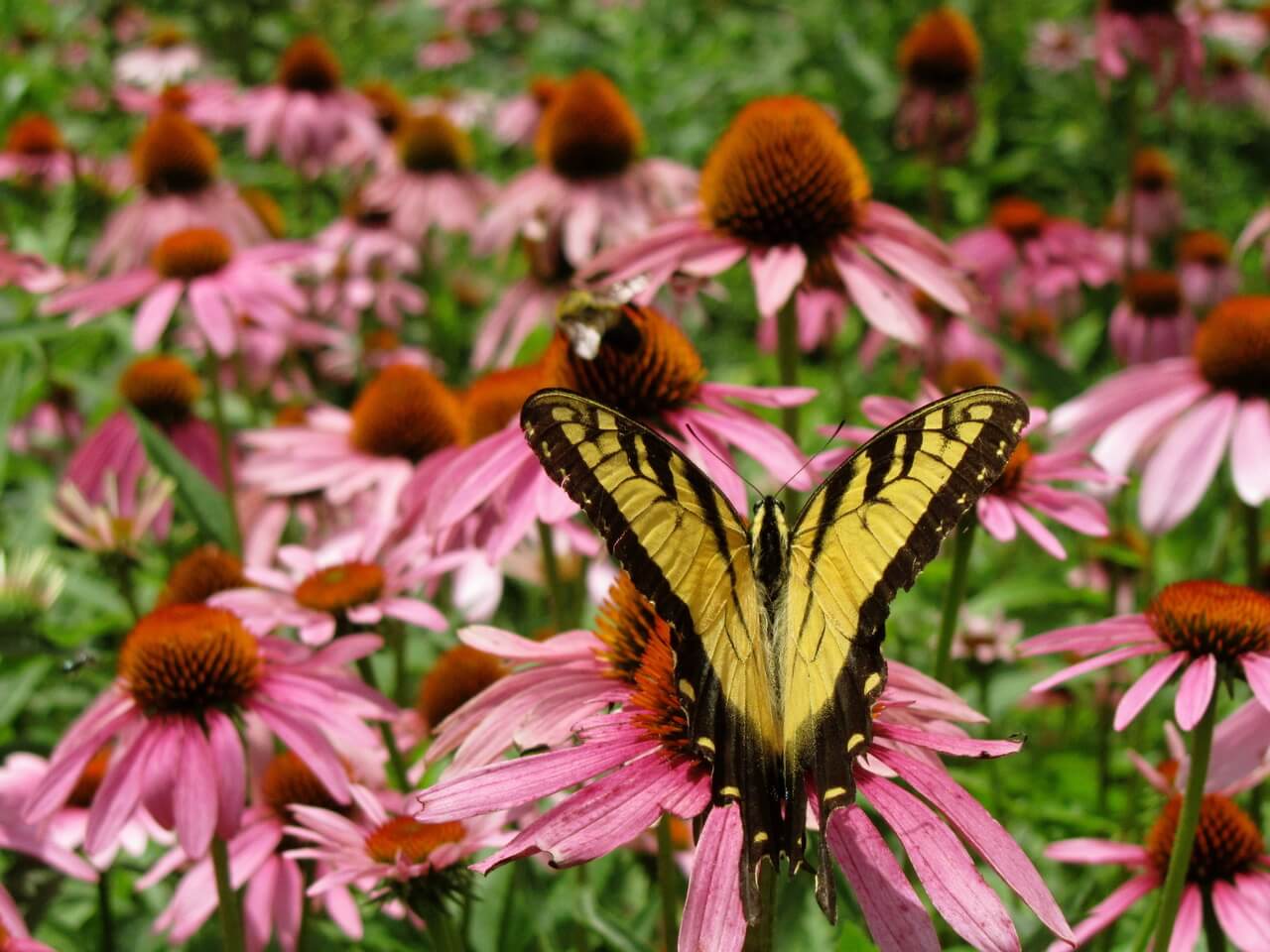
Local Involvement
RLEP was born in 1970 during a successful fight to ensure that the State Corporation Commission did not approve a proposed power line that would have forever scarred the viewshed along the eastern boundary of the Blue Ridge.
In the ensuing 50+ years, we have continued to keep a careful eye on any proposed transmission lines, pipelines and commercial developments in Rappahannock or adjacent counties that might affect the unspoiled landscapes which make our county so special.
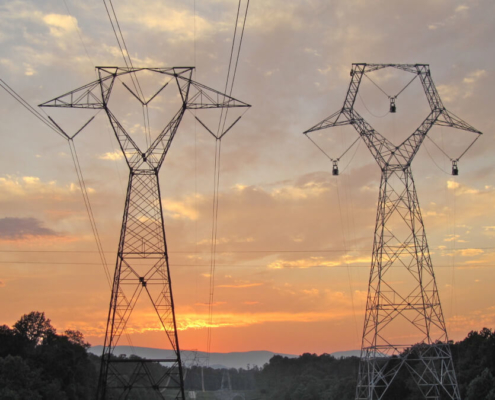
Comprehensive Planning
Early on, RLEP encouraged the hiring of the first County Administrator and the development of the Commonwealth of Virginia’s first County Comprehensive Plan, long before such planning became a legal requirement.
RLEP’s input has informed and improved each subsequent revision of the county’s Comprehensive Plan.
Cooperative Approach
RLEP stays in close touch with our conservation partners to study the activities of the Planning Commission, the Board of Supervisors, the General Assembly in Richmond and the U.S. Congress and determine their potential effect on our environment.
RLEP will continue to maintain a close working relationship with agencies at all levels of government and keep our members informed about key land use decisions and programs.

Zoning
We all cherish and respect the extraordinary beauty and rural character of Rappahannock County. However, increasing development in surrounding towns and counties forecasts the pressures to come.
Once largely agricultural, Culpeper County has designated a square mile area for data center development with 12,000,000 square feet of data centers in the pipeline. The double 500 kV transmission lines running through the northeastern corner of Rappahannock County will likely be upgraded with additional transmission lines and substations to service the new data centers.
RLEP foresees a westward push for housing, contractor yards, utility-scale solar fields, conference centers, resorts, and country inns. The county’s 2020 Comprehensive Plan is our best defense, but the Zoning Ordinance dates from the 1980s and requires updating.
In response, RLEP has retained the law firm of Whiteford, Taylor and Preston to provide briefs on problematic zoning proposals and assist RLEP with review of zoning language to preserve and protect our heritage. Our team recently submitted a legal brief in an appeal to overturn the county’s Zoning Administrator’s decision to not enforce a 1990 ordinance requiring 50’ state right-of-way for new subdivisions. The brief helped convince the Board of Zoning Appeals to overturn the decision and the ordinance stands, for now.
RLEP joined others to challenge a Zoning Administrator recommendation to approve a country inn consisting of 8 geodesic domes, each with kitchen and bath, together with a separate 4-bedroom home, all to be situated on a 25-acre mountain top south of Sperryville. Neighbors and RLEP opined against approval at the Planning Commission hearing and the applicant withdrew the application.
Going forward, RLEP encourages members of the community to help monitor requests for zoning changes, special use permits and special exceptions; participate in Planning Commission and Board of Supervisors meetings; advocate for strict compliance with Ordinances and the Comprehensive Plan; and support efforts to improve the Zoning Ordinance.
RLEP is committed to preserving the unique and rural nature of Rappahannock. As founder Phil Irwin said in 1970, “It’s okay to be different.” Change will come, but it can be managed with good planning, zoning, and enforcement. It’s a goal we can all appreciate.
The Nature of Rappahannock
~a stroll for the soul
Small, monthly strolls have proven to be immensely popular over the past several years. But the monthly format and small size have proven to be very limited in the number of members we can accommodate. Engaging in the nature of Rappahannock is vital for all our RLEP members. So, we are re-evaluating our strolls program.
We anticipate focusing on more seasonal opportunities, more specialized venues, and hopefully, more family-friendly possibilities. We also anticipate partnering with the other organizations who offer nature walks in Rappahannock and adjacent counties.


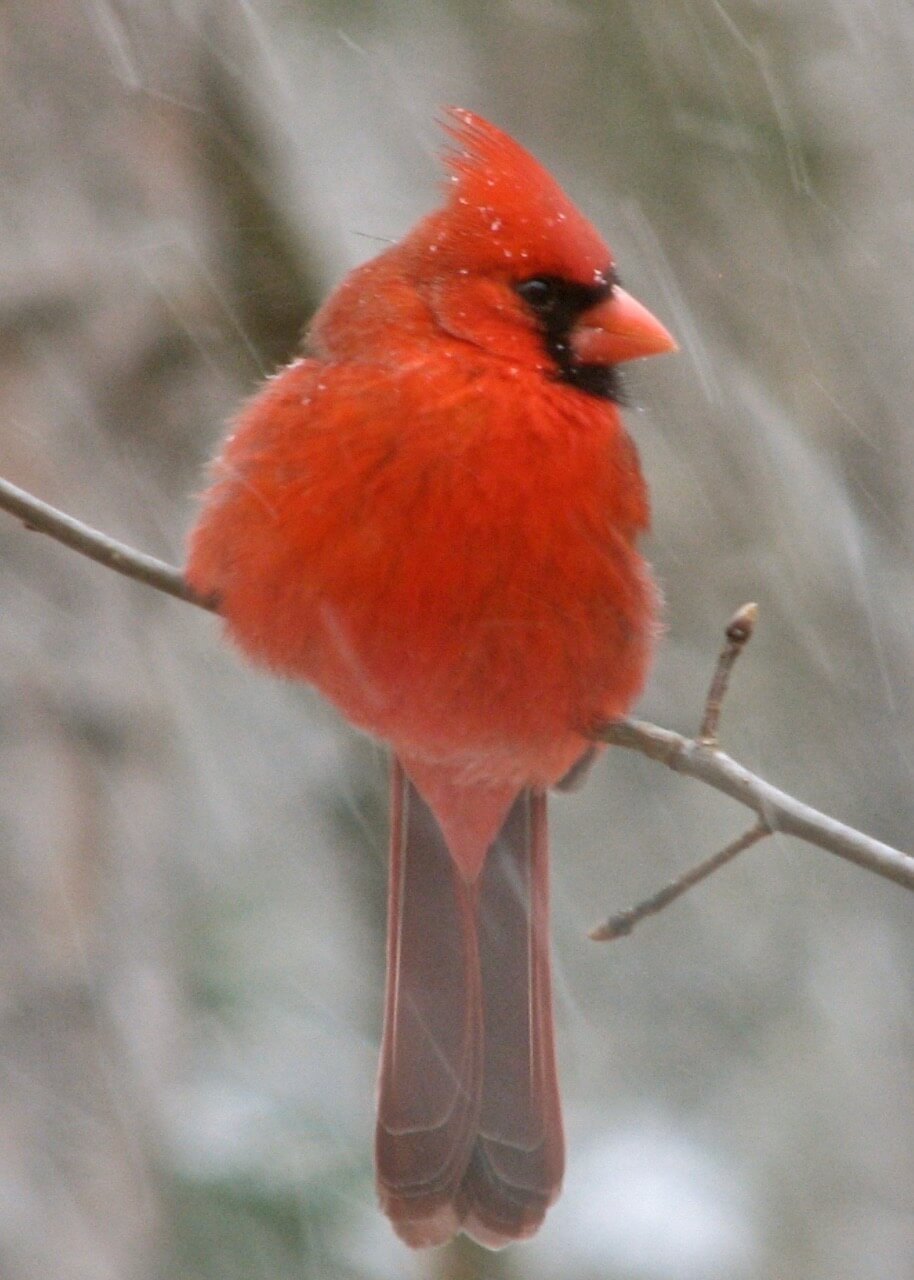
Nature Camps
RLEP supports programs and activities for youth that nurture an understanding of and an appreciation for the natural world.
Rappahannock Nature Camp
The Rita Lazar Memorial Fund supports the Rappahannock Nature Camp, a summertime day camp in the mountains of Rappahannock County.
Lyt Wood and RLEP established Rapp Nature Camp, open to campers 8 to 16 years of age, in 1986.
Its mission: “To allow individuals, especially children, to discover for themselves the wonder and beauty of the natural world, and to understand what it means to be a part of a community of living things.”
Nature Camp, Vesuvius, VA
The Bob Dennis Scholarship typically sends a couple of Rappahannock County youth each year for two fun-filled weeks of study to Nature Camp in the George Washington National Forest near the small town of Vesuvius, VA.
Nature Camp is a private, non-profit residential co-ed summer camp dedicated to experiential environmental education.
The Virginia Federation of Garden Clubs created the camp in 1942.
Our participants give it high marks!
One great thing about nature is that it is unpredictable, and there are new things happening all the time. I carry the philosophy of Nature Camp into my life outside of camp, and I believe that Nature Camp has made me care more about the world around me.
~Nicholas Plaksin, a Nature Camp camper
If I had influence with the good fairy who is supposed to preside over the christening of all children, I should ask that her gift to each child in the world be a sense of wonder so indestructible that it would last throughout life, as an unfailing antidote against the boredom and disenchantment of later years….
~Rachel Carson, The Sense of Wonder:
A Celebration of Nature for Parents and Children

Saving Dark Skies
Saving Dark Skies
Rappahannock County is a tiny dark spot in a sea of East Coast artificial light where we are still able to see and enjoy star-filled night skies.
RLEP is working to protect our night skies for present and future generations.
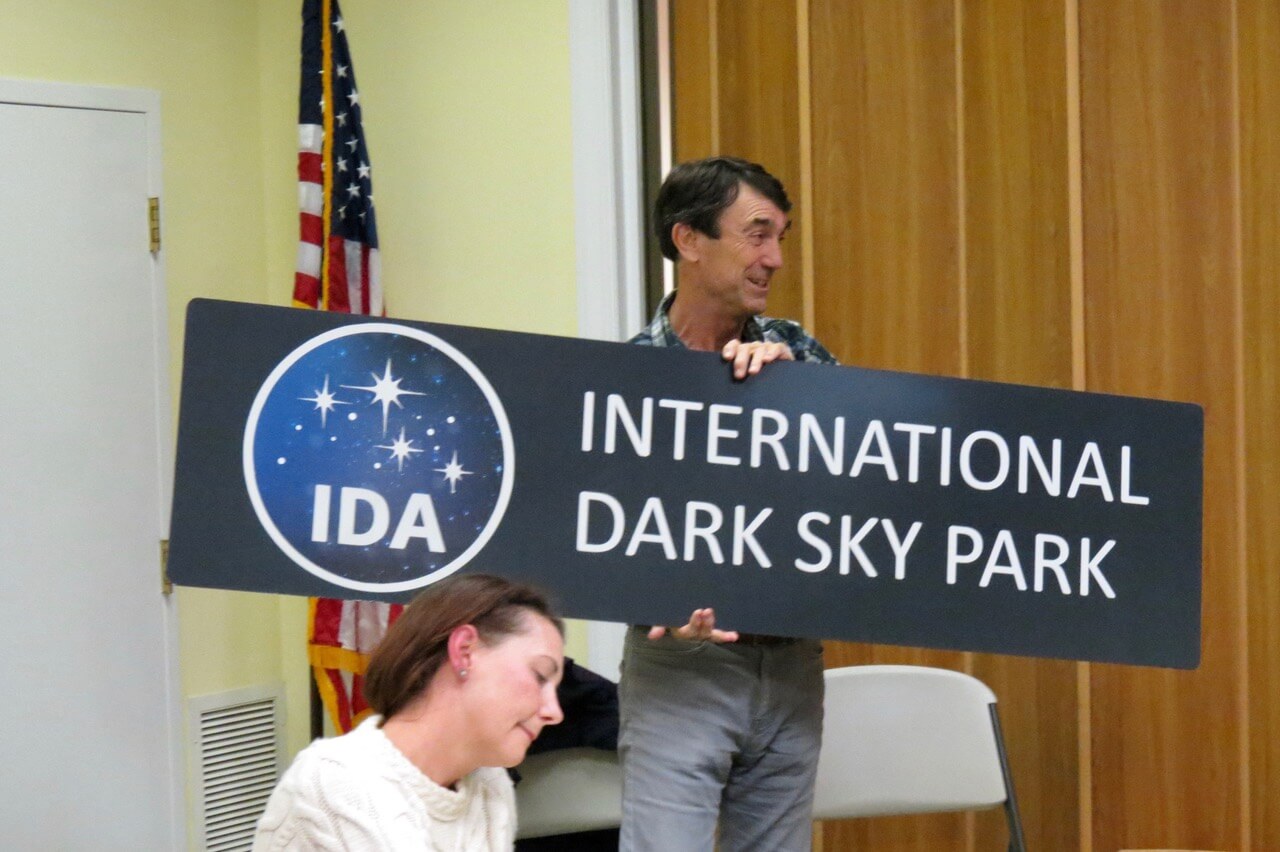
RLEP’s Saving Dark Skies initiative began in 2017 and focuses on protecting Rappahannock’s night skies.
We encourage citizens to voluntarily reduce their use of artificial outdoor light at night and support the Rappahannock County Park as a designated International Dark Sky Association’s Dark Sky Park.

Pole Light Replacement
RLEP offers FREE replacement of existing outdoor pole lights with energy-efficient, LED dark-sky compliant light fixtures.
The replacement lights produce equivalent or better lighting of targeted areas while reducing unwanted glare for surrounding properties.
The pole lights are dark-sky compliant, community-friendly and fully down-shielded with a warm color (2700K).
To further reduce glare, a light shield can be added to privately-owned lights.
Rappahannock’s Dark Sky Park
In 2019, the International Dark-Sky Association awarded the Rappahannock County Park a Silver Tier Dark Sky Park designation.
According to IDA standards, Silver corresponds to nighttime environments that have minor impacts from light pollution and other artificial light disturbance, yet still display good quality night skies and have exemplary nighttime lightscapes.
It is the smallest Dark Sky Park in existence at only 7 acres.
See EVENTS for information on Dark Sky Park events.
Go to RESOURCES on this website for additional Dark Sky publications and presentations.
RLEP has installed dark-sky compliant lights, free of charge, at Rappahannock County Schools, B&B Auto, The Corner Store, Shaw’s Services, Amissville Baptist Church, Hackley Store and numerous other locations. RLEP and supporting organizations cover all replacement costs.
See our Saving Dark Skies brochure for a program snapshot and our flyer on Responsible Outdoor Lighting for information on dark-sky friendly lighting products.
For more detail on light replacement and specifications for dark-sky compliant lights, see our Dark Skies Replacement Light Information Packet.
Water Quality Monitoring
Water Quality Monitoring
In January 2023, Rappahannock Friends and Lovers Our Watershed (RappFLOW) combined its operations with RLEP creating a broader community effort to address environmental challenges facing Rappahannock County. The consolidation led to the establishment of a watershed committee within the RLEP structure that assures the continuation of RappFLOW’s stream water quality monitoring initiative.
RLEP carries out water monitoring for E. coli, sediment, dissolved oxygen, pH and temperature at several river sites in the County. Data is shared with the Chesapeake Bay Monitoring Program.
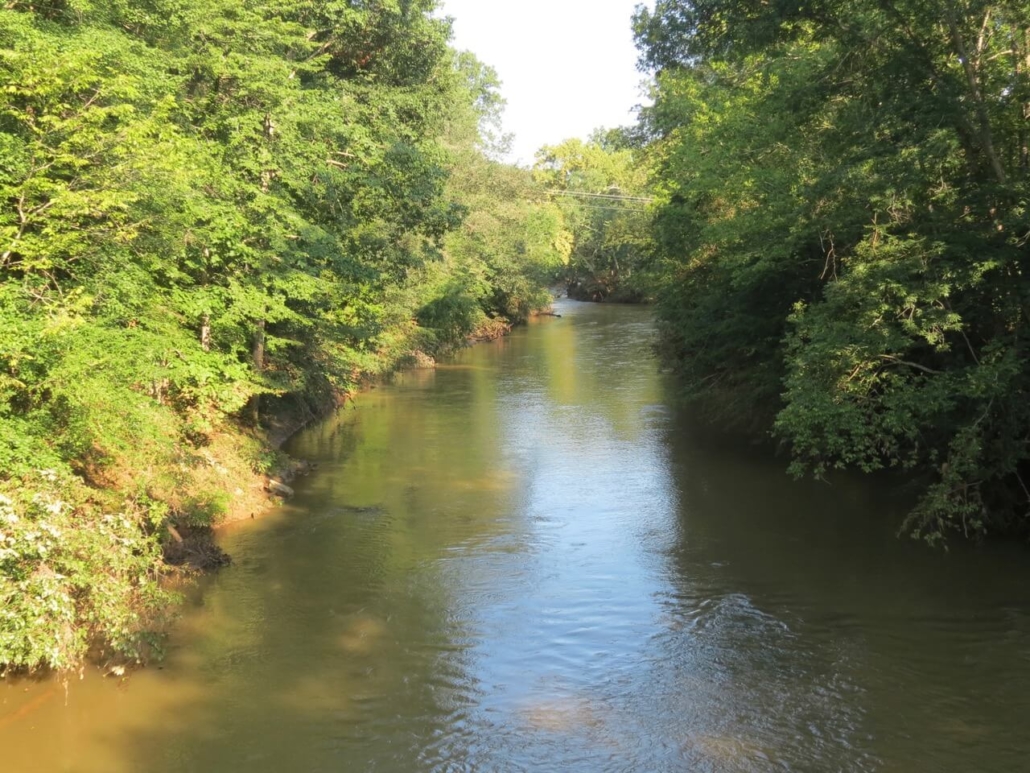
VDOT Adopt-a-Highway
RLEP has adopted the section of Route 211 between Amissville and the Fauquier County line, both east and west bound, as part of VDOT’s program to enhance the environment and improve the appearance of local roadsides through organized litter pickups.
This section of Route 211 serves as a gateway to the county for visitors from the DC and Northern Virginia metropolitan areas and showcases RLEP’s mission to keep Rappahannock beautiful.
For announcements of upcoming litter pickup events, see EVENTS
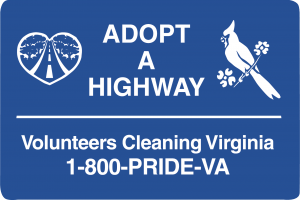

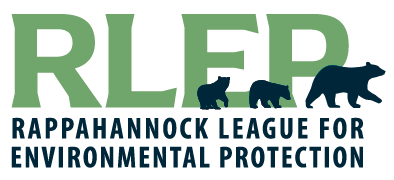
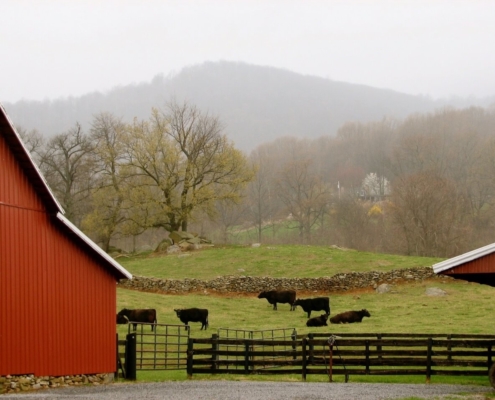
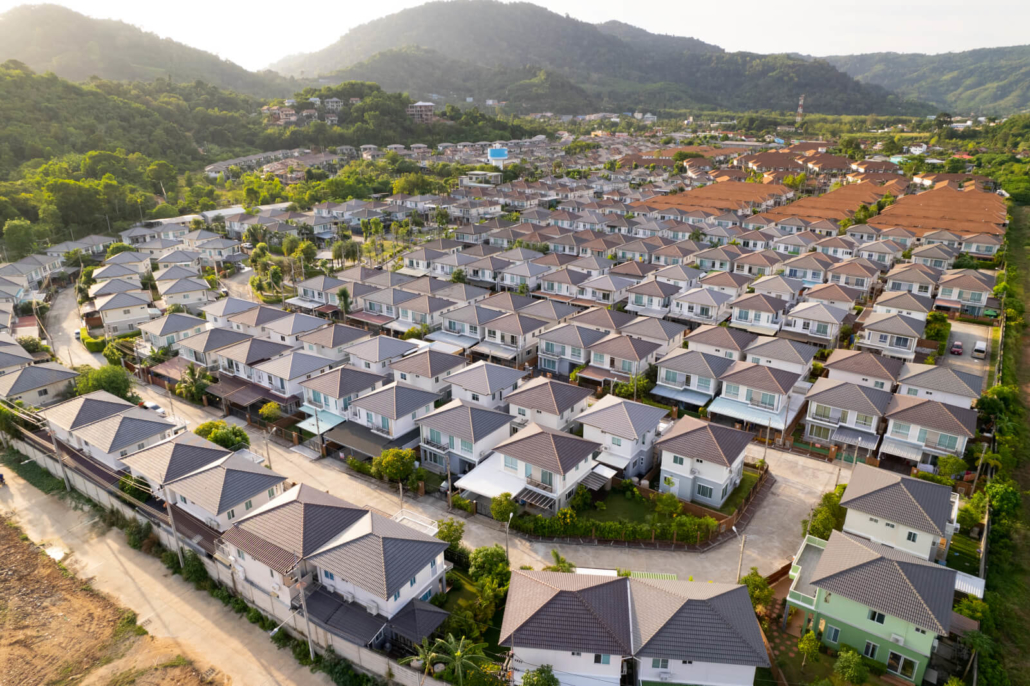


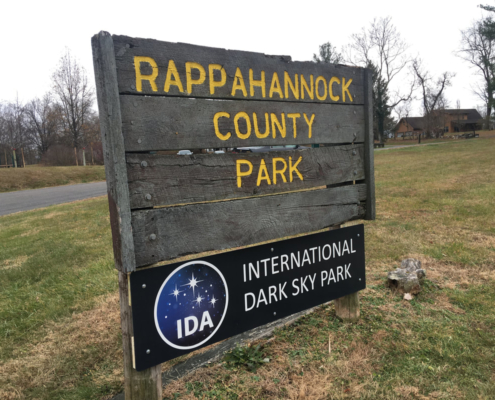
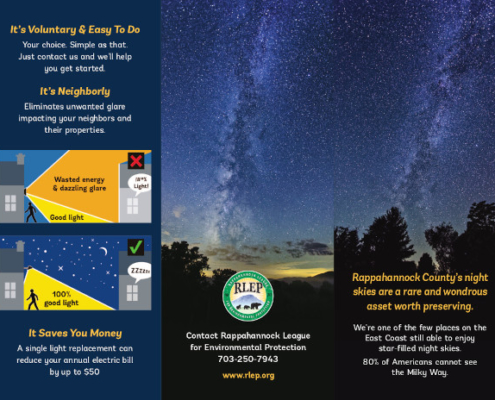

 We’d love to hear from you!
We’d love to hear from you!